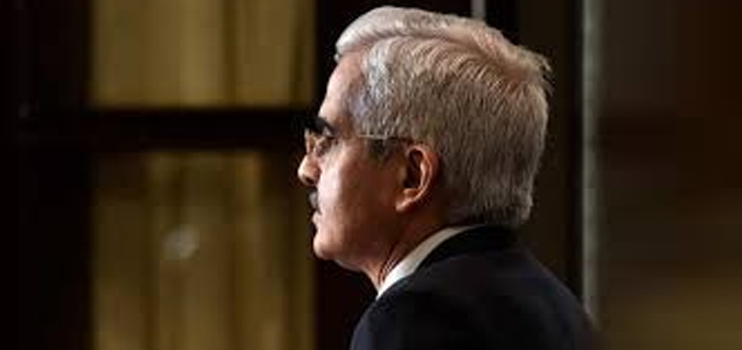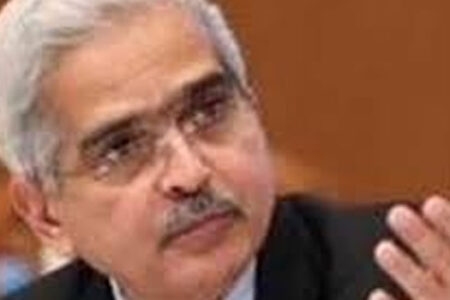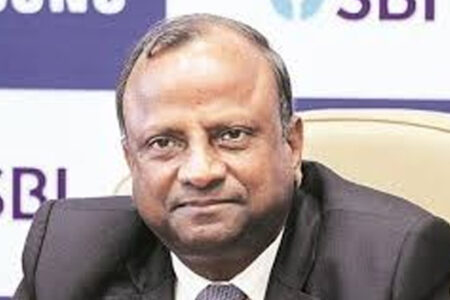The Reserve Bank of India’s (RBI’s) latest monetary policy rushed in where the Union Budget feared to tread. On the expected lines, it refrained from a rate cut but unleashed a stimulus package with a mission to support growth through a string of actions that should bring down the cost of money for banks and encourage them to lend to the stressed sectors such as real estate, automobile and macro, small and medium enterprises (MSMEs).
In some sense, it is an extension of the Budget. But, unlike the Budget, both the bond and equity markets lapped up the status-quo and yet action-packed policy. They could not have asked for more. It is one of the rare policies where the central bank has demonstrated that without cutting the policy rate, it can try out other unconventional instruments to boost economic growth which is its top-most priority now.
For the records, the policy rate remains unchanged at 5.15 per cent. There is no change in the stance of the policy too – it continues to be accommodative and will remain so, as long as it is necessary to revive growth. The monetary policy committee (MPC), the central bank’s rate setting body, has opted for no change in the policy rate with a 6-0 voting but recognised that the policy space is available for future action. So a rate cut is not off the table as yet.
It will happen, if the growth does not pick up and inflation is tamed. But the RBI does not want to wait for that. Making use of the abundant liquidity in the system, Governor Shaktikanta Das has been continuing with his experiments on the policy turf. It started with dollar-rupee swap auctions in March 2019 and continued with the Operation Twist, launched in December.
So, what has the RBI done to kick start growth which the Budget could not do?
There are four pillars on which the latest policy rests.
# First, the RBI is closing its window for the fixed-rate daily and 14-day repo. Beginning February 15, it opens a new repo window for long-term one-year and three-year tenures as part of its long-term repo operations (LTRO). Commercial banks borrow money from the central bank’s repo window, offering government bonds as collateral. Instead of overnight and fortnight money, they will now be able to borrow one- to three-year money at 5.15 per cent. This will bring down the cost of money for them and push down the bond yields in the short term. The limit for such a facility is capped at Rs1 trillon.
The bond market instantly reacted to this move, pushing down short-term bond yield by 15 basis points (bps) and long-term 6 bps. One bps is hundredth of a percentage point.
The European Central Bank had some time back used LTRO to bring down the yields of German bonds. Later, it made it TLTRO or targeted long-term repo operations, linked to banks’ lending. The Bank of England too had a funding for lending scheme (FLS).
# Second, for six months, between January 31 and July 31, banks are freed from maintaining the so-called cash reserve ratio (CRR) from their net demand and time liabilities or NDTL — a loose proxy for deposits used to give fresh retail loans for automobiles, residential housing and MSMEs.
Under the norms, banks are required to keep 4 per cent of their NDTL in the form of CRR with the RBI on which they do not earn any interest. By freeing them from this obligation, the RBI is boosting their income as they can lend and earn on this 4 per cent resources which otherwise would have been kept with the regulator. They could even pass on the benefit to the borrowers. Essentially, this means that certain loan rate cut come down.
# Third, banks were allowed a one-time restructuring of loans given to MSMEs that were in default but did not turn bad as on January 1, 2019. For such restructured loans, the banks were not required to set aside money for provision as they continue to remain standard. The restructuring of the borrower account was to be implemented by March 31, 2020.
This one-time regulatory dispensation has now been extended to the loan accounts of those MSMEs that pay the goods and services tax (GST) and were in default as on January 1, 2020. The restructuring under the scheme has to be implemented latest by December 31, 2020.
# Finally, the RBI has allowed an extension of the date of commencement of commercial operations (DCCO) of project loans for commercial real estate, delayed for reasons beyond the control of promoters, by another year without downgrading the assets. This, in sync with the treatment accorded to other project loans for non-infrastructure sector, is something which the real estate sector has been crying for long.
For the records, retail inflation rose to 7.4 per cent in December 2019, the highest since July 2014, and it could rise further. The December policy had projected the retail inflation at 5.1-4.7 per cent for the second quarter of the current fiscal year that ends in March and 4-3.8 per cent for the first half of 2021. The latest policy raised it to 6.5 per cent for the fourth quarter of the current year; 5.4-5 per cent for the first half and 3.2 per cent for the third quarter of 2021, with risks broadly balanced.
The GDP growth for 2020-21 is projected at 6 per cent — in the range of 5.5-6 per cent in the first half of the year (down from 5.9-6.3 per cent, estimated in December) and 6.2 per cent in the third quarter.
The message of the latest policy is clear: It is a credit policy and not a monetary policy. The MPC has nothing much to do with it. It is the policy of a governor who is not shy of experiments when the space for monetary easing is extremely limited.



